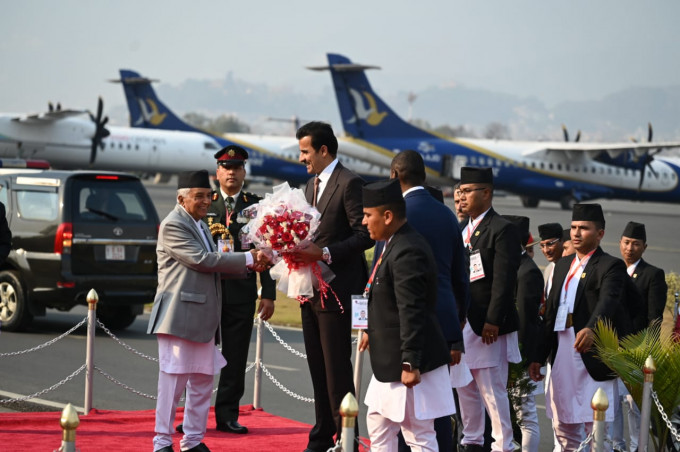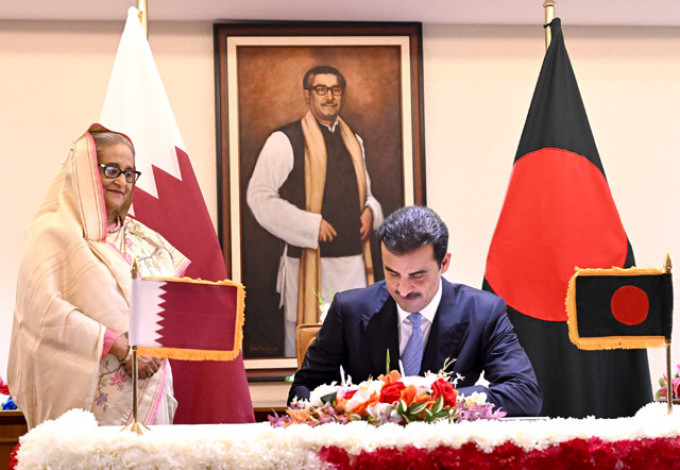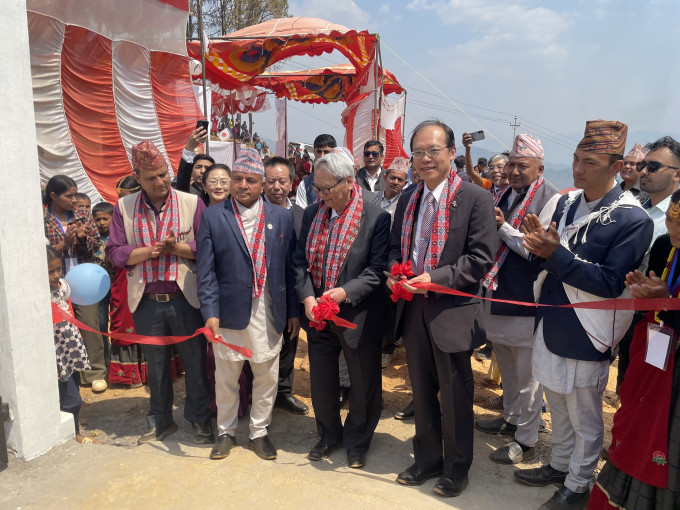According to the World Bank, 49.30% of Nepal’s city population lives in slums as of 2018. They are deprived of necessary health care, sanitation, living space, transportation and social inclusion.
As per the data collected by the United Nations Statistic Division (UNSD), the slum population of Nepal living in urban areas, increased from 1.2million in 1990 to as high as 3.1million in 2009, and has decreased slightly to 2.8million in 2014.
The ministry of Urban development also reports an increase in slum settlements, in the fast-growing cities of Nepal: Kathmandu and Pokhara, as well as in other popular migrant destinations such as Dharan, Birganj, Bharatpur and Mechinagar.
Millions of people living in favelas of the countries’ large cities, with no sufficient living space are vulnerable to transmissible and non-transmissible diseases.
The national census also highlights this disparity. The census of 2011, shows that only 77 per cent of children belonging from poor families got immunized in the urban areas of the country, while the aggregate percentage of children getting immunized exceeds 90 per cent.
Similarly, more than 90 percent of children were immunized in the urban area but the portion of children from poor families who got immunized was limited to 77 percent.
This disparity remains in pregnant women living in the urban areas as well. Only 38 percent of women belonging to poor families received proper antenatal care through visiting health facilities, whereas in aggregate the percentage of women receiving antenatal care in the urban areas is more than 70 percent.
Non communicable diseases account for 66 percent of the total deaths in Nepal, the cost of diagnosing and treating non communicable diseases is relatively very high, making it unaffordable for the city’s poor population.
“A quality health system focuses on mental, physical, social and emotional wellbeing of the people. Quality health systems are fundamental to quality of life” says Doctor Sushil Chandra Baral, an expert in developing health systems and the managing director of Herd International, a leading research agency in Nepal dedicated to generating robust evidence.
“The urban health system of Kathmandu is weak, it needs to be better planned considering the needs of the urban population, especially the poor and marginalized who always struggle to secure their better health.” he concludes.
READ ALSO:









